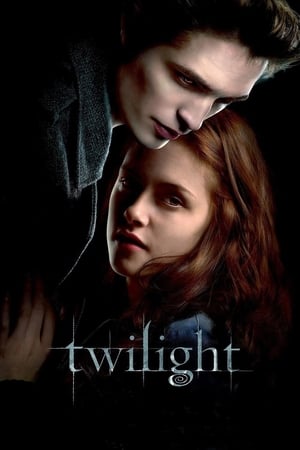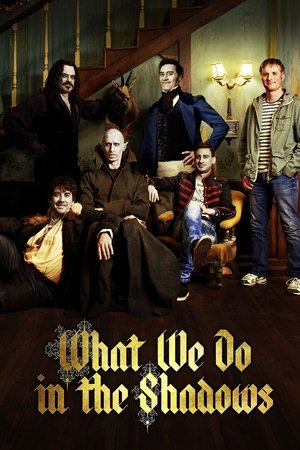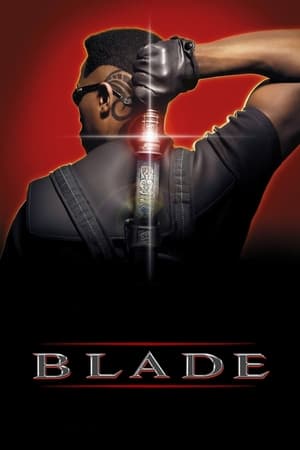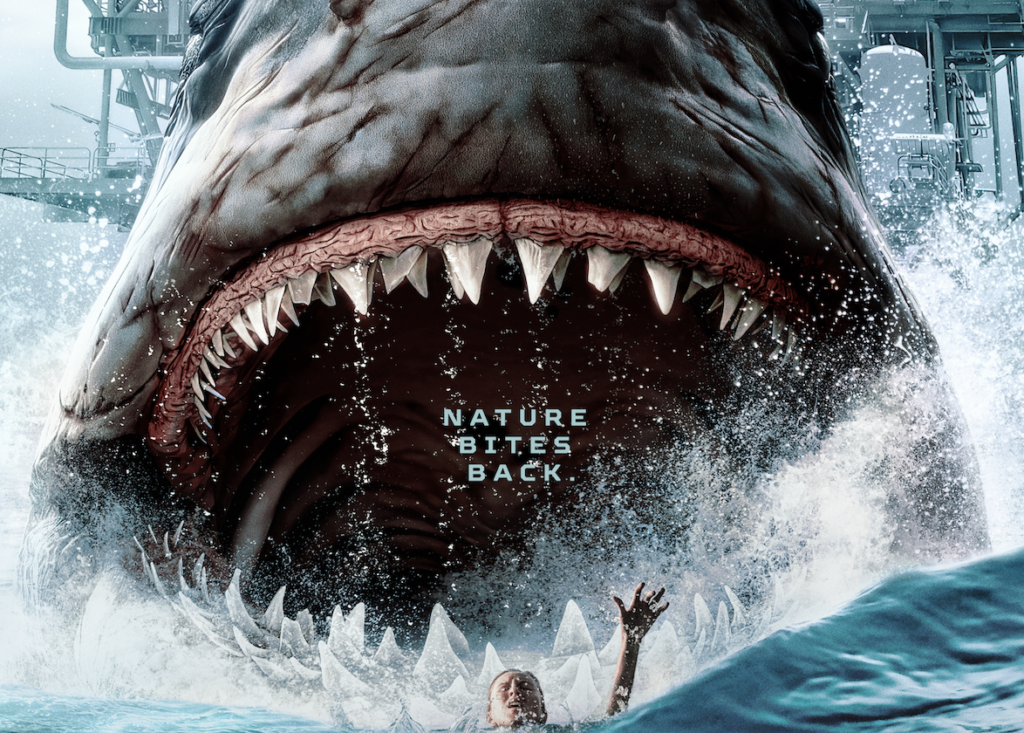There’s no understating the importance of a balanced media diet, and since bloody and disgusting entertainment isn’t exclusive to the horror genre, we’ve come up with Horror Adjacent – a recurring column where we recommend non-horror movies that horror fans might enjoy.
A Vampire Valentine: Re-Evaluating the Spooky Romance of ‘Twilight’
There’s always a risk of ending up on the wrong side of history whenever you jump on a proverbial bandwagon. For instance, Spaghetti Westerns were once considered one of the lowest forms of entertainment, and yet most critics now agree that films like Once Upon a Time in the West are among the best movies […]

There’s always a risk of ending up on the wrong side of history whenever you jump on a proverbial bandwagon. For instance, Spaghetti Westerns were once considered one of the lowest forms of entertainment, and yet most critics now agree that films like Once Upon a Time in the West are among the best movies ever made. Of course, this kind of change can take a long time, but if there’s one cinematic opinion that I believe is ready to be retired it’s the idea that the Twilight films are irredeemable trash.
Sometimes, some movies aren’t necessarily bad, they’re just not for you. And now that both Pattinson and Stewart have firmly established their careers outside of their young-adult-oriented work, I think this is the perfect time to look back on the original Twilight and discuss how this excessively maligned movie can be a legitimately entertaining horror-adjacent experience if you overlook a few surface-level flaws and enjoy is as a campy genre-bending romance.
I was never part of the target audience for Twilight. I actually remember casually passing judgement on the folks who were reading Stephanie Meyer’s romantic saga while I buried my teenaged nose in Stephen King and H.P. Lovecraft. Despite my adolescent contempt, however, there’s a reason why these books were so popular. Originally titled Forks, the first novel in the series began life as a long-term passion project written for Meyer’s own amusement, with the story being inspired by a romantic dream where the author imagined herself being stalked by a vampire who thirsted after her heart as well as her blood. This initial manuscript would only reach publishers at the insistence of Meyer’s sister, with its publication being particularly unusual due to the book’s length – over double the size of the average Young-Adult publication.
While Twilight is often accused of being a trope-heavy bore with story-beats borrowed from Buffy and Interview with the Vampire, there really wasn’t anything else quite like it among the Young-Adult offerings of 2005. A surprisingly earnest dark romance that refrained from talking down to its audience, it’s no wonder the book was a hit among teens as well as movie producers – with the manuscript making its way to Hollywood before the book was even released. On the lookout for the next Harry Potter, Paramount Pictures quickly snatched up the rights to the novel and almost immediately started working on an adaptation through MTV Films.
While Paramount’s adaptation would have transformed the story into a more action-oriented affair meant to draw in the male crowd (complete with a jet-ski chase scene involving the FBI), the project would soon fall apart due to changes in internal leadership. It was only when Summit Entertainment acquired the rights to the book in 2007 that a more faithful retelling of the story was fast-tracked into production, with Lords of Dogtown director Catherine Hardwicke being hired to helm the picture and Meyer being brought on as a consultant.
In the finished film, which was released in November of 2008, we follow teenager Isabella Swann (Kristen Stewart) as she moves in with her father Charlie (Billy Burke), Chief of Police in Forks, Washington. Enrolling in a new High-School, Bella soon attracts the attention of fellow student Edward Cullen (Robert Pattinson, who was cast at the insistence of Stewart after an onscreen chemistry test), eventually discovering that he’s secretly a century-old vampire.
SO WHY IS IT WORTH WATCHING?

There are a few benefits to being a millennial. For starters, we were (kind of) the last generation to have our taste in movies be mostly constructed by exposure to media that we had no control over – meaning that we often watched things that weren’t recommended to us by a personalized algorithm and that we had no personal interest in.
This may not sound very convenient, but being forced to watch things outside of your comfort zone is an excellent way to learn how to appreciate media that wasn’t necessarily meant for you. That’s how I still wound up watching Twilight years later despite having participated in the worldwide public shaming of the franchise and its fans. And wouldn’t you know it? I actually found myself enjoying this atmospheric little piece of romantic pulp fiction despite its refusal to cater to my personal genre preferences.
Sure, I’m still bothered by the horrific age-gap between our lead couple (something that would have made the story more interesting if it was ever addressed), but the story here is so sincere in its over-the-top melodrama that it’s easy to ignore most of these trope-heavy blemishes and just go along for the silly ride. Hell, even a grown man like myself was able to relate to Bella’s High-School loner persona, and while I thought that Jacob was an annoying third wheel of a character, he was only ever acting like a realistic teenager.
Of course, the film’s gloomy atmosphere is its greatest asset, with the town of Forks becoming a moody lens through which we observe the lives of hormonal teenagers going through romantic feelings for the first time in their lives. From the scenic photography to the comically exaggerated blue filter over (nearly) the entire picture, you know what the world of Twilight looks like at a glance – and I call that effective filmmaking even it’s excessive.
Over the years, I’ve even softened on the film’s mid-2000s alt-rock soundtrack. It may be the nostalgia speaking, as many of these songs were on the radio back when I was a teenager (even though I hated most of them at the time), but I genuinely think that the energetic melodies and angsty lyrics help to craft an appropriately adolescent world filled with exaggerated emotions.
And you know what? Despite the age difference, if a 100-year-old vampire lady fell in love with me back when I was in senior year – you can bet your ass that I’d be sparkling in the sunlight at the beach and sharing a literal Bloody Mary with her right now. Of course, this is just my way of saying that I remember what it’s like to be a teenager, and so does Meyer.
AND WHAT MAKES IT HORROR ADJACENT?

Twilight may be a teenage romance, but it’s also unabashedly a vampire movie. From the tragic description of the Cullen clan’s backstories to their World-of-Darkness-inspired super-powers, you can tell that Meyer was quite comfortable scrounging around the vampiric canon of masters like Anne Rice and even Bram Stoker. Her passion for the material is sometimes overplayed, with her characters often feeling more like gloomy comic-book heroes than monsters, but at least the story is being told by a fan of the genre.
And before people in the comments start complaining about how Edward sparkles in the sunlight as opposed to bursting into flames, it’s worth remembering that, before 1922’s Nosferatu, folkloric vampires were not hindered by sunlight. This means that Meyers’ shiny bloodsuckers are technically more lore-accurate than most other vampire flicks out there. That being said, I actually like some of the story’s additions to the mythology, such as having all of a vampire’s bodily fluids be replaced by supernatural “venom.”
There are also a few traditional vampire scares in the flick, mostly involving the nomadic trio of antagonists. And while I agree with the Vampire Sucks gag about the group looking remarkably like The Black-Eyed Peas, I appreciate that the movie allows for some brutal vampire-on-vampire violence despite its PG-13 rating.
I also unironically love Burke’s take on Charlie Swann. While in another more action-oriented experience he’d be the undead-hunting lead character, seeing him relegated to a supportive father role is hilarious when you consider the absurdity of what’s really going on – especially when he seems to have the most common sense out of the entire ensemble.
Campy, charming and occasionally problematic, Twilight may not be a movie I revisit often, but it’s also not the paragon of terrible cinema that the internet once made it out to be. At the end of the day, this is a harmless little teen romance with some memorable characters and legitimately great atmosphere. And even if you don’t like it, I think we can all agree that the memes where horror fans used to photoshop Wesley Snipes’s Blade into screenshots of the film are still objectively hilarious.




